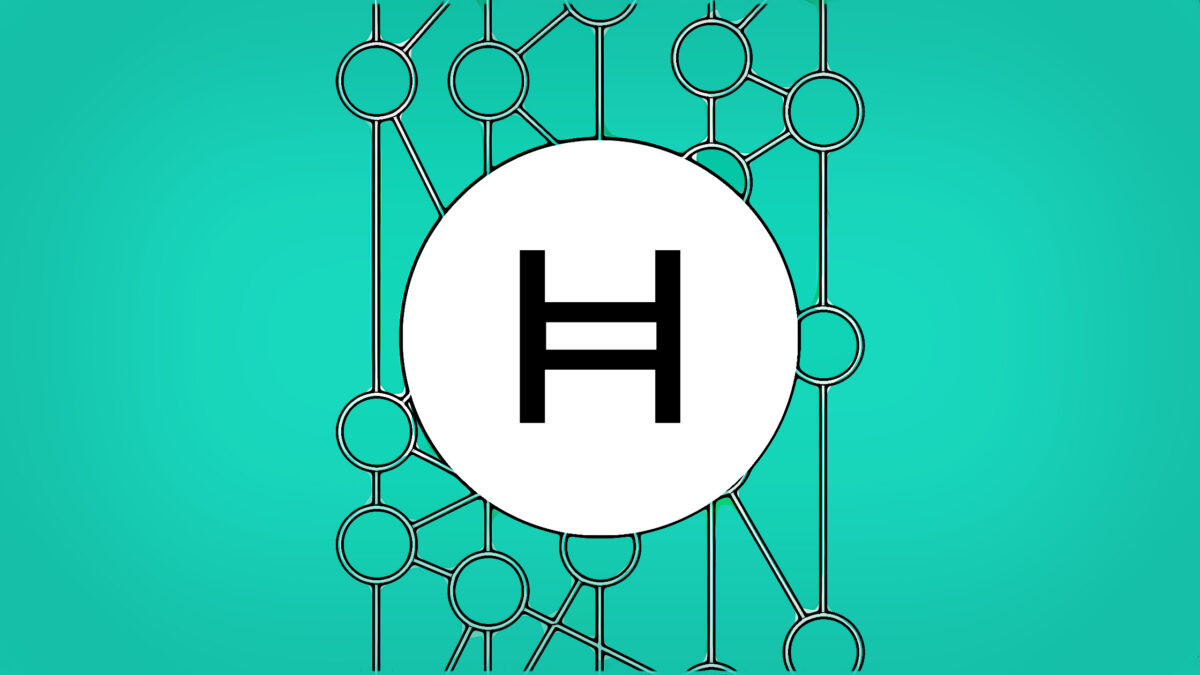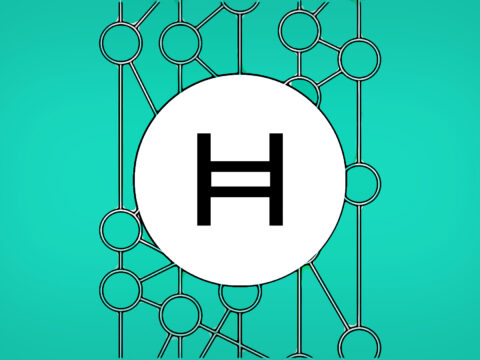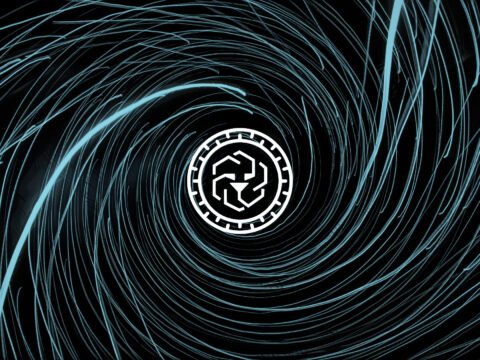
What Is Hedera Hashgraph?
HBAR is the native token of the Hedera Hashgraph network, a publicly distributed ledger and governing body created by Leemon Baird and Mance Harm. Hedera Hashgrah raised over $124 million by selling its tokens through a form of security known as a simple agreement for future tokens offering (SAFT), which took place back in 2018.
The network launched its mainnet back on September 16th of 2019, the date when it also open-sourced its mirror node code to allow users to run mirror nodes to gain access to consensus decisions and the state of the ledger without actually participating in it, offering increased flexibility and performance on specific tasks.
The Hedera network is operated by a global enterprise governing body known as the “Hedera Governing Council,” which consists of up to 39-term limited organizations and enterprises. The council includes organizations such as Boeing, Deutsche Telekom, Google, IBM, LG, and University College London.
Hedera has successfully attracted big companies by restricting the number of nodes involved in key functions to give businesses more guarantees and confidence in the state of transactions and the security of the network.
What is the Purpose of HBAR?
Nicknamed “The trust layer of the internet,” Hedera Hashgraph’s purpose is to boost the creation of a trusted, secure, and empowered digital future by taking advantage of blockchain technology.
The Hedera network looks to achieve this by allowing developers and users to achieve the same results as popular networks like Ethereum and Blockchain while offering improved energy efficiency, security, and stability, as well as fasters and fairer transactions.
The team behind the network believes in the existence of 5 fundamental obstacles that prevent the acceptance of the technology by enterprises: Performance, security, governance, stability, and regulatory compliance.
By focusing on overcoming these obstacles, Distributed Ledger Technology (DTL) will move forward as a whole and reach its full potential, which will, in turn, earn the trust of mainstream markets and result in mass adoption.
The network is powered by the HBAR token, which users are required to acquire before being able to perform transactions and operate applications running in the network. This token can also be used to passively gain rewards by staking as well as improving the security of the network.
The model of governance the network uses allows for the election of enterprises to partake in the decision-making around the management of the software, funding allocation, safeguarding of the network’s legal status, and running of nodes, ensuring the network gains and maintains the trust of companies around the world.
How Does HBAR Work?
Hedera Hashgraph makes use of 5 different components to serve its purposes, each of them requiring the HBAR token differently. These components are Hashgraph’s consensus service, Hedera network service, Hedera Governing Council, 3rd party applications, and Path to decentralization.
The Hashgraph consensus algorithm is native to the network. It differs from traditional proof-of-work (PoW) algorithms by having the entire community of nodes agree on which transactions to add to the ledger by using gossip-about-gossip and virtual voting. This allows for near-perfect efficiency when it comes to bandwidth as well as increased throughput.
Hedera network services are a set of APIs that allow developers to create accounts, mint and configure tokens, write data to the ledger, and interact with the network in any way they require. Each API call incurs a transaction fee for the processing and storage required.
Hedera’s Governing Council not only takes care of the management of the project but also runs the consensus nodes that allow it to function, as well as ensuring its regulatory compliance.
3rd party applications allow the network to provide utility to the world to increase the value and incentivize the use of HBAR while growing the ecosystem and improving the network’s security by decentralizing ownership of the tokens.
The network also has established a path to decentralization through a combination of a transition to a permissionless ledger and widespread coin distribution, further improving the security and utility of the network.





